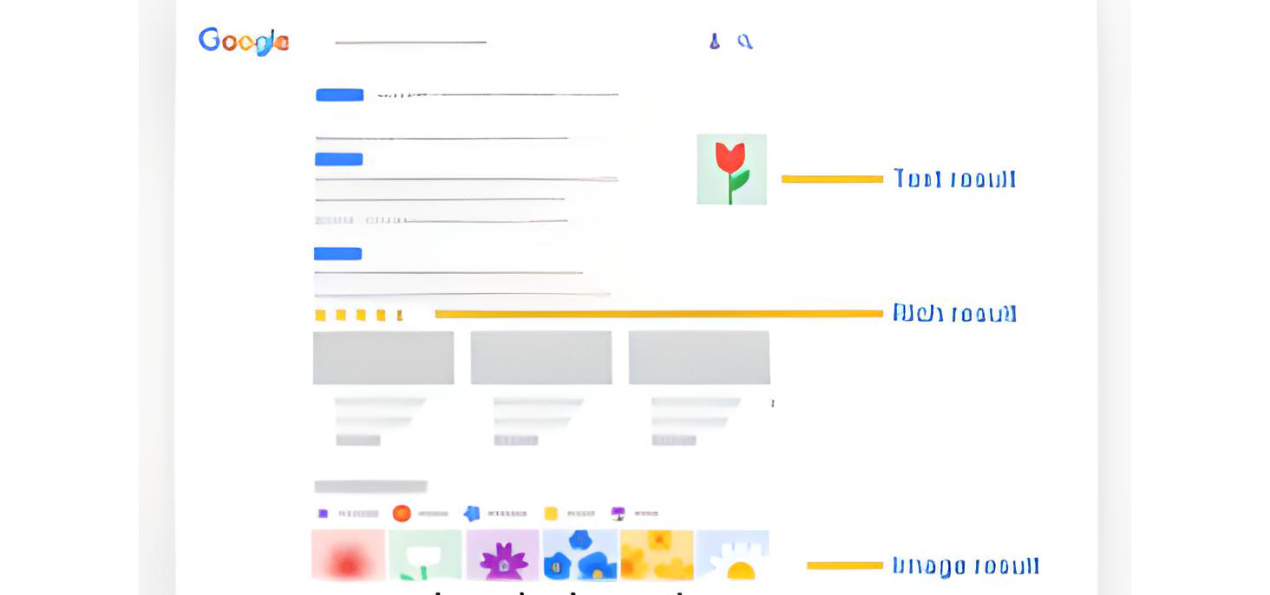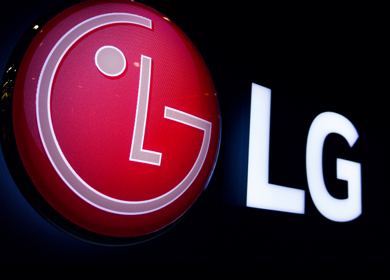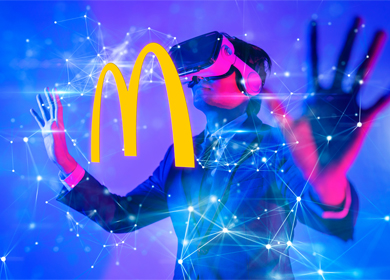Google Launches Visual Elements Gallery to Demystify Core Search Features
Published: December 15, 2022

According to Google, visual elements are the building blocks of the Google search results page that a user can perceive or interact with. But for a long time now, SEO analysts and marketers have found it challenging to focus on the core visual elements that will help them improve their site rankings and visibility. Oftentimes, most of the elements are utterly obscure and described in colloquial jargon.
Thus, to simplify vital search elements, Google has released a new visual elements gallery. This gallery contains a directory of visual elements in search results, including the following:
- Text Result: Based on textual content, it includes visual elements such as attribution, favicon, title link, and snippet.
- Rich Result: According to the structured data in the markup of your page, this result displays graphical elements or interactive experiences such as review stars, call-outs, etc.
- Image Result: Likely to show for image-seeking queries, this includes an image thumbnail and its attribution source.
- Video Result: For video-related queries, this result features a video thumbnail, a title link, and attribution.
- Exploration Features: A useful feature that helps searchers expand and refine their initial search with related queries or questions.
For now, Google has laid out twenty-two core elements on the Google search results page and plans to add more in the future.
Our new setup makes it easier for us to add new visual elements to the gallery without too much effort on our part; that is in fact our plan: as a visual element becomes popular on search result pages, we may add it to the gallery. However, we aim only to add those elements that hold some significance for site owners and SEOs.
How Core Visual Elements Can Impact Search Marketing and Drive Traffic?
Google periodically updates its Search Central portal with documentation and guides to help SEO teams and marketers improve the visibility of their websites in Google search results. This has for long helped site owners to understand how the search engine works and optimize their website accordingly.
The visual gallery can further help marketers demystify core search features that can promote visibility in SERPs. This will also allow for the standardization and consistency of search features.
With this new visual guide, Google has made it clear that it wants to revamp its traditional search experience and emphasize more on core visual elements. This will allow audiences to explore information in a visually-conducive format with ease.
As audiences are more open to a visual search experience, businesses should also consider improving their search visibility by optimizing for these core visual elements. This guide could serve as an eyeopener for brands trying to stand out in SERPs with salient visual features such as images, favicons, videos, rich snippets, ratings, and more.
As visual elements reign in on search, it’s high time marketers move beyond traditional business listings and text-based citations. Site owners and marketers that want to improve their visibility in search can seize a competitive edge by adopting these core visual elements.
Attention fragmentation is a big concern lately. As audiences tend to scan across search results, visual elements are certain to catch their attention and entice them to click on a result.
Just as core web vital metrics and page experience signals helped to strengthen SEO and improve site speed, we can perhaps expect visual search elements highlighted in this guide to aid marketers to drive more website traffic.










Be the first one to comment.